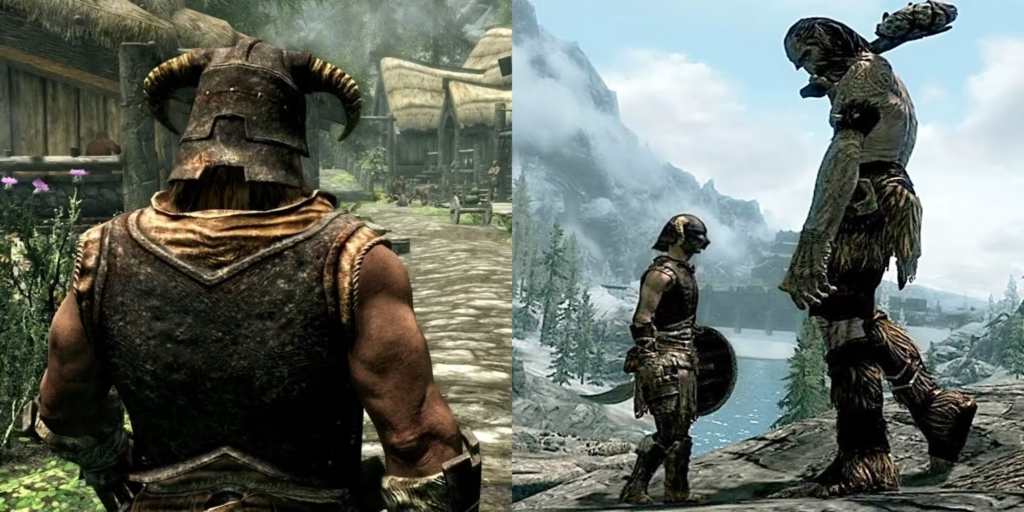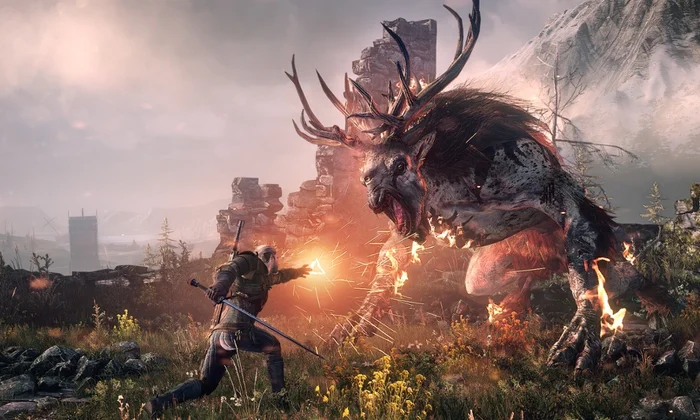Introduction to Game Mechanics
The gaming mechanics of The Witcher 3 and Skyrim serve as crucial components that shape the overall experience players engage with throughout their respective journeys. Both games, renowned in the role-playing genre, incorporate sophisticated leveling systems, character progression methods, and distinct combat strategies that cater to a wide variety of play styles.
In The Witcher 3, the leveling system is multifaceted, emphasizing a continuous growth model that intertwines the protagonist Geralt’s experience with the completion of quests, monster slaying, and the acquisition of new abilities. Players can choose from various skill trees, allowing them to customize Geralt according to their preferred playstyle, whether it be through melee combat, magical abilities, or alchemical prowess. This level of character progression not only empowers players but also enhances immersion, as each choice significantly affects combat effectiveness and storytelling outcomes.
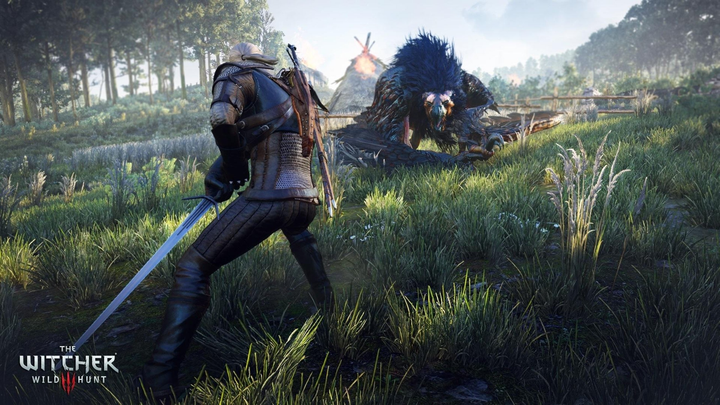
Conversely, Skyrim adopts a skill-based leveling approach, where players improve skills by actively engaging in related tasks. For instance, sneaking, lockpicking, or spellcasting will lead to enhancements in their respective categories. This mechanic allows for a high degree of personalization, as players can become adept in multiple disciplines or specialize in a singular focus. The game’s combat strategies, influenced by both the chosen skills and equipment, further bolster the diverse gameplay experience.
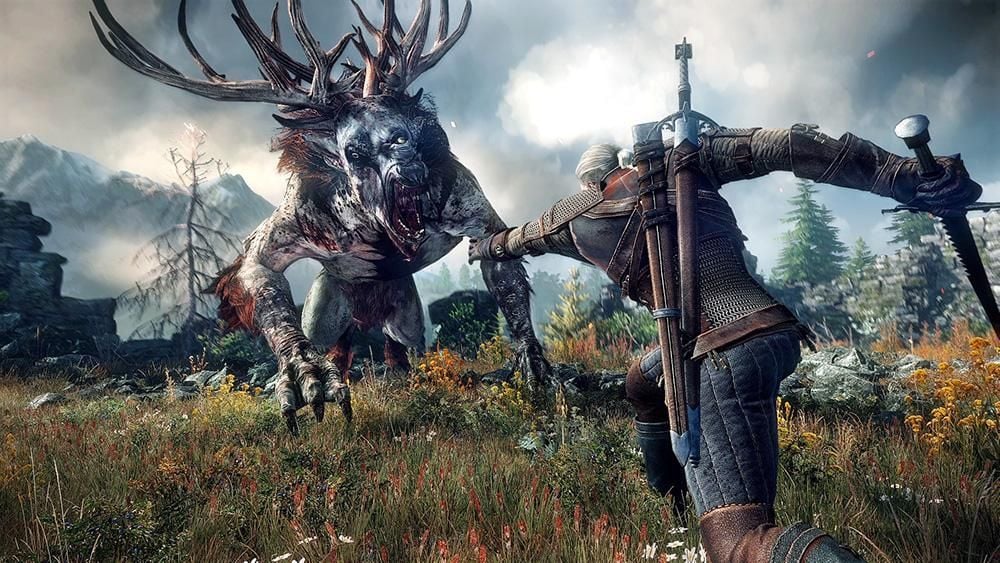
Ultimately, the intricate game mechanics found in The Witcher 3 and Skyrim play a pivotal role in ensuring players are continually engaged. By providing different levels of character progression and combat tactics, both titles facilitate a dynamic environment in which players can explore their individual preferences. This section sets the foundation for a more comprehensive examination of the nuanced ways in which both games approach their gameplay systems.
Leveling Systems: A Comparative Analysis
In the realm of open-world role-playing games, The Witcher 3 and Skyrim stand out with their distinct approaches to leveling systems, both of which significantly shape player experiences. Skyrim employs a traditional experience points system where players gain experience through various actions, ultimately leading to incremental leveling. Each major skill, whether in combat, restoration, or stealth, levels up through practice, promoting a sense of individuality and personal development based on player choices. This adaptability in skill growth allows players to hone their characters uniquely, reflecting their play style, be it a warrior, mage, or thief.
Conversely, The Witcher 3 introduces a narrative-driven progression model. Here, leveling is influenced not only by combat but also by choices made throughout the story, thereby intertwining character development with the game’s rich narrative. Players earn experience points from completing quests, with a substantial emphasis on the impact of those quests within the storyline. This design encourages a deeper engagement with the narrative, as character progression feels intertwined with meaningful choices and outcomes. The skill trees further enhance this experience, providing various paths to develop Geralt’s abilities in fighting, alchemy, and magic.
The juxtaposition of these leveling systems illustrates contrasting philosophies in gameplay. Skyrim’s player-driven skill improvement leads to diverse character builds, while The Witcher 3’s synergy of story and progression creates a cohesive narrative experience. Each system caters to specific player preferences regarding freedom versus narrative engagement. Understanding these systems helps players navigate their journey, influence their character’s paths, and make informed choices, ultimately enriching their overall gaming experience.
Combat Mechanics: Thrill of the Fight
The combat mechanics in both The Witcher 3 and Skyrim serve as foundational elements that shape player engagement and define the overall gaming experience. The Witcher 3 employs a dynamic real-time combat system that encourages players to think strategically while engaging in battles. This system is characterized by a combination of melee attacks, ranged capabilities, and a variety of skills, which players can utilize to adapt to the ever-changing scenarios presented during combat. The strategic use of character abilities and environmental factors adds layers of complexity and excitement to each encounter, requiring players to prioritize their actions based on the specific enemies they face and the situation at hand.
Conversely, Skyrim takes a more traditional approach to combat mechanics, relying on a point-and-click system enhanced by comprehensive spell-casting options. While this may initially seem simpler, it allows for a different type of engagement that emphasizes risk and reward. Players can choose to engage enemies head-on or adopt a stealthy approach, each decision impacting the outcome of battle. The ability to layer combat styles—be it that of a melee warrior, an archer, or a spellcaster—further enriches player interaction, allowing for diverse strategies that cater to individual playstyles. However, the mechanical simplicity can sometimes lead to a less immersive combat experience when compared to the complex interactions available in The Witcher 3.
Ultimately, the thrill of the fight in these two titles is dictated by their unique combat mechanics. The Witcher 3’s real-time system may offer a more intense and strategic experience, while Skyrim’s traditional model allows for flexible gameplay that can be equally rewarding. Both systems engage players in distinctive ways, enhancing their overall enjoyment and involvement—drawing players into the heart of each battle, where skill, luck, and tactical choices are the keys to success.
Conclusion and Final Thoughts on Gameplay Experience
In examining the leveling and combat mechanics of both The Witcher 3 and Skyrim, it becomes evident that each game caters to distinct player preferences and styles. The Witcher 3 features a robust narrative-driven approach, where players level up through quests and a well-defined character progression system. This method provides a sense of accomplishment tied to storytelling, making it ideal for players who enjoy narrative depth alongside their gameplay. Conversely, Skyrim offers a more open-ended experience, allowing players to develop skills freely, promoting exploration over a linear narrative. This flexibility can appeal to those who relish autonomy and prefer to explore vast worlds at their leisure.
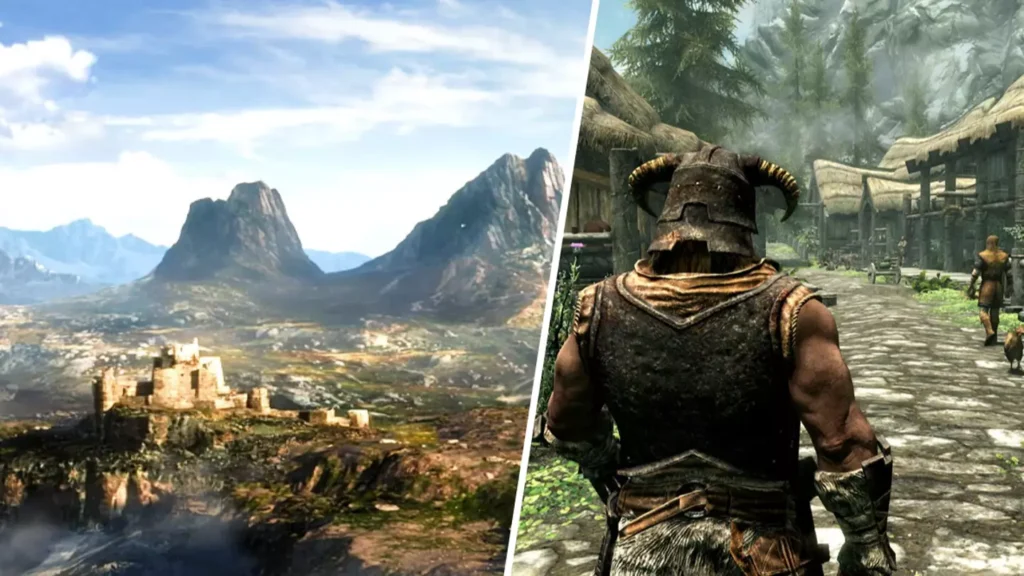
The combat mechanics in both titles also differ significantly. The Witcher 3’s combat system integrates fast-paced action with the strategic use of signs and potions, creating a more engaging and tactical experience. This style may suit players who appreciate tactical depth and a challenge in combat engagements. On the other hand, Skyrim’s more straightforward combat system offers accessibility, making it more approachable for new players or those who enjoy a leisurely gaming experience without extensive mechanics. This simplicity can be rewarding in its own right, as it allows players to devote their focus to exploration and character interaction.
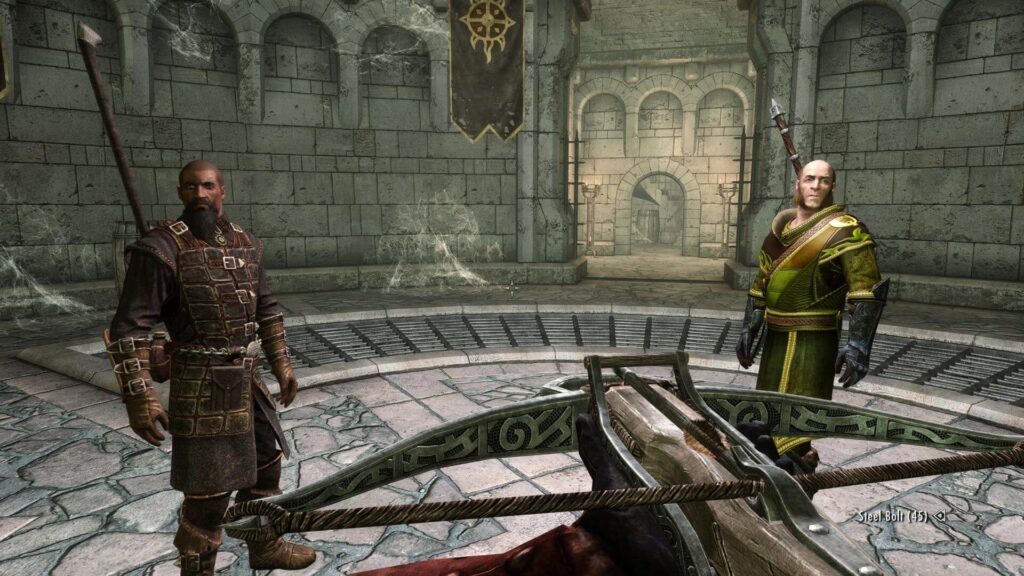
Ultimately, the choice between these two great titles should align with one’s gameplay preferences and expectations. For gamers who appreciate intricate narratives and tactical combat, The Witcher 3 may offer a more fulfilling experience. Alternatively, for those who favor a sandbox approach and enjoy freeform skill development, Skyrim remains a formidable contender. As we reflect on the evolving landscape of gaming, including the rise of mobile play, it is essential to consider how evolving mechanics will influence future titles. Readers are encouraged to share their distinct experiences and preferences regarding these two seminal games in the comments below.
